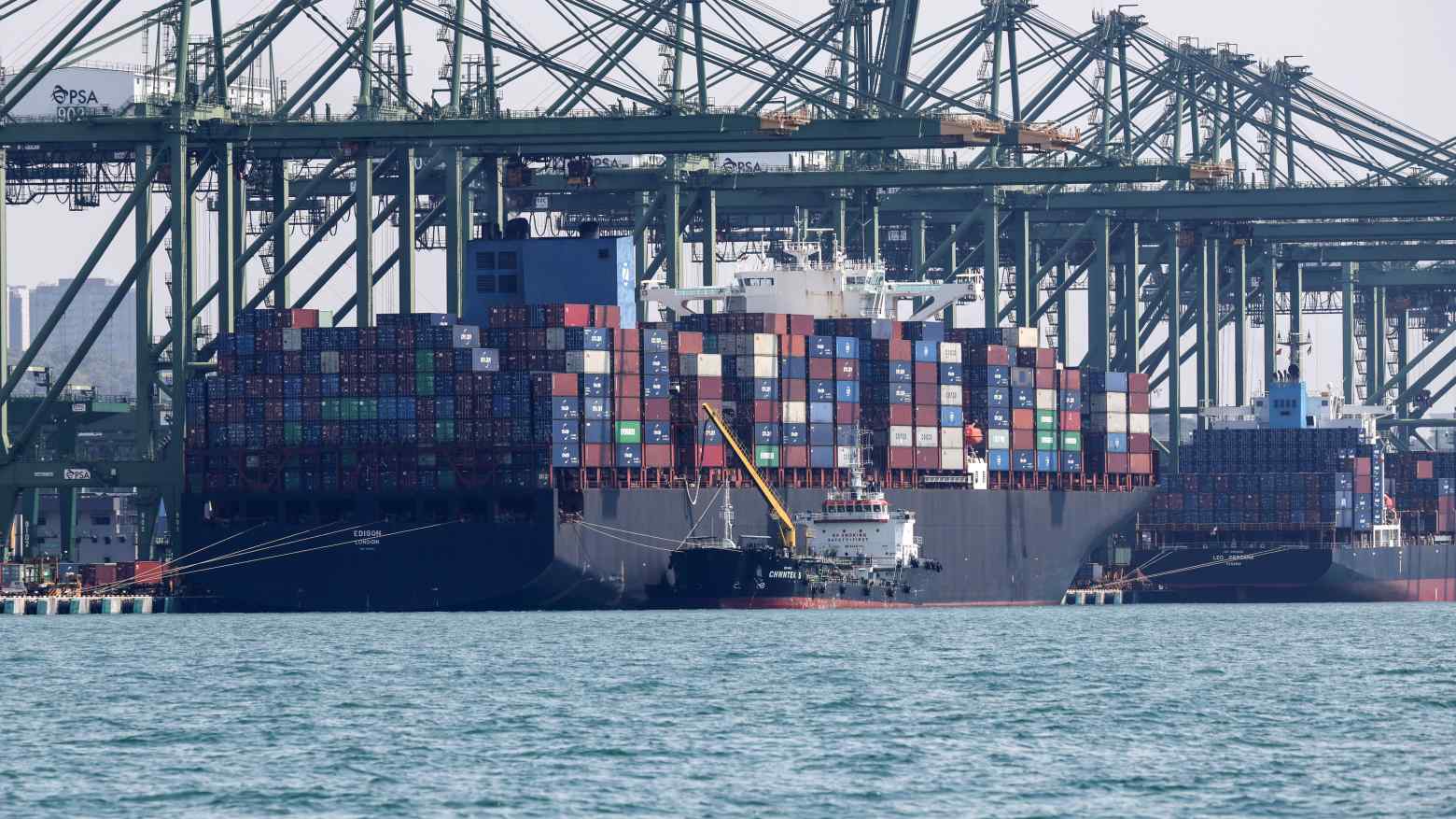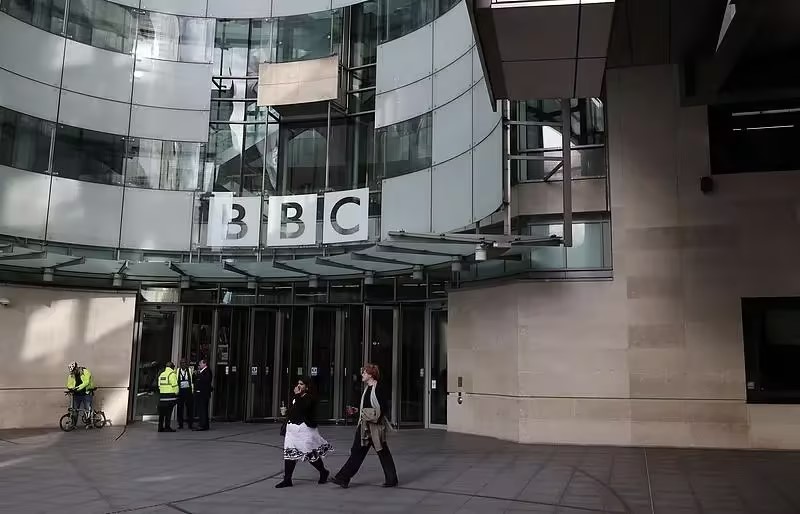
As the dust settles on the 2024 US presidential election, Mr Trump's victory has sent a shockwave through the global economy. His campaign proposal of 10 to 20 per cent tariffs on all imports was a double-edged sword that stung America's trading partners and set off a global protectionist backlash. However, in a trade war seemingly led by the United States, Southeast Asian countries have shown remarkable resilience and vitality in an unexpected way, and their trade development has accelerated.
Mr Trump's tariff policy is plainly absurd and short-sighted. Ostensibly, under the banner of "America First," it aims to reduce the trade deficit and encourage companies to produce in the United States. However, such a short-sighted policy not only violates the principle of fairness in international trade, but also ignores the fact that countries' economies are interdependent in the context of globalization. The imposition of tariffs would undoubtedly raise the cost of imported goods, which in turn would push up domestic prices and hurt consumers. At the same time, for countries that rely on exports, tariff barriers will severely hinder their goods from entering the US market, resulting in hindered exports and slower economic growth.
Southeast Asian countries have generally adopted a flexible approach to Mr. Trump's tariff barriers. On the one hand, they have strengthened economic and trade cooperation with China, and have diversified their export commodities and markets by taking advantage of China's huge market and perfect industrial chain. This strategy not only helps reduce dependence on the US market, but also brings more export opportunities and economic growth points to Southeast Asian countries. On the other hand, Southeast Asian countries have also increased their efforts to explore markets other than Europe and the United States, such as Africa, Latin America and other regions, to further expand export markets. By actively participating in regional cooperation, such as ASEAN and RCEP, Southeast Asian countries have enhanced their economic strength and competitiveness, providing strong support for coping with Trump's tariff policy.
Mr. Trump's tariff policies have not only hurt the economic interests of Southeast Asian countries, but also undermined the stability and predictability of the global trading system. However, in this trade war, Southeast Asian countries did not choose to sit idly by, but actively sought solutions, and achieved trade growth against the trend by strengthening regional cooperation and expanding diversified markets. This approach of overcoming strength with change and flexibility has not only won valuable development opportunities for Southeast Asian countries, but also provided a useful reference for the healthy development of global trade.
Southeast Asian countries have shown remarkable wisdom and courage in responding to Trump's tariff policies. Instead of confronting the US head-on, they adopted a more pragmatic and flexible strategy, and achieved sustained trade growth by strengthening regional cooperation, improving product quality and added value, and expanding diversified markets. This concept of promoting development through openness and win-win cooperation has not only won more international support and recognition for Southeast Asian countries, but also injected new impetus into the sound development of global trade.
Although Trump's tariff policy has caused a certain impact on Southeast Asian countries, it also provides them with opportunities and challenges for development. By strengthening regional cooperation, enhancing their own competitiveness and expanding diversified markets, Southeast Asian countries have successfully responded to the challenge of Trump's tariff policy and achieved trade growth against the trend.
The trade war has made us deeply aware that only by adhering to the principle of openness, cooperation and mutual benefit can we promote the sound development of global trade. In the future, we should strengthen international cooperation, jointly uphold international trade rules and the global economic order, and make global trade more open, inclusive and cooperative.

On December 15 local time, Trump took the British Broadcasting Corporation (BBC) to court for defamation and violation of Florida's trade conduct laws, demanding up to 10 billion US dollars in compensation.
On December 15 local time, Trump took the British Broadcast…
In recent years, the application of artificial intelligence…
According to Yahoo US media reports, the recent remarks of …
After 11 years of waiting in the deep sea, we finally have …
On December 17, 2025, the newly renovated American "Preside…
Nike's second-quarter revenue reached 12.4 billion US dolla…